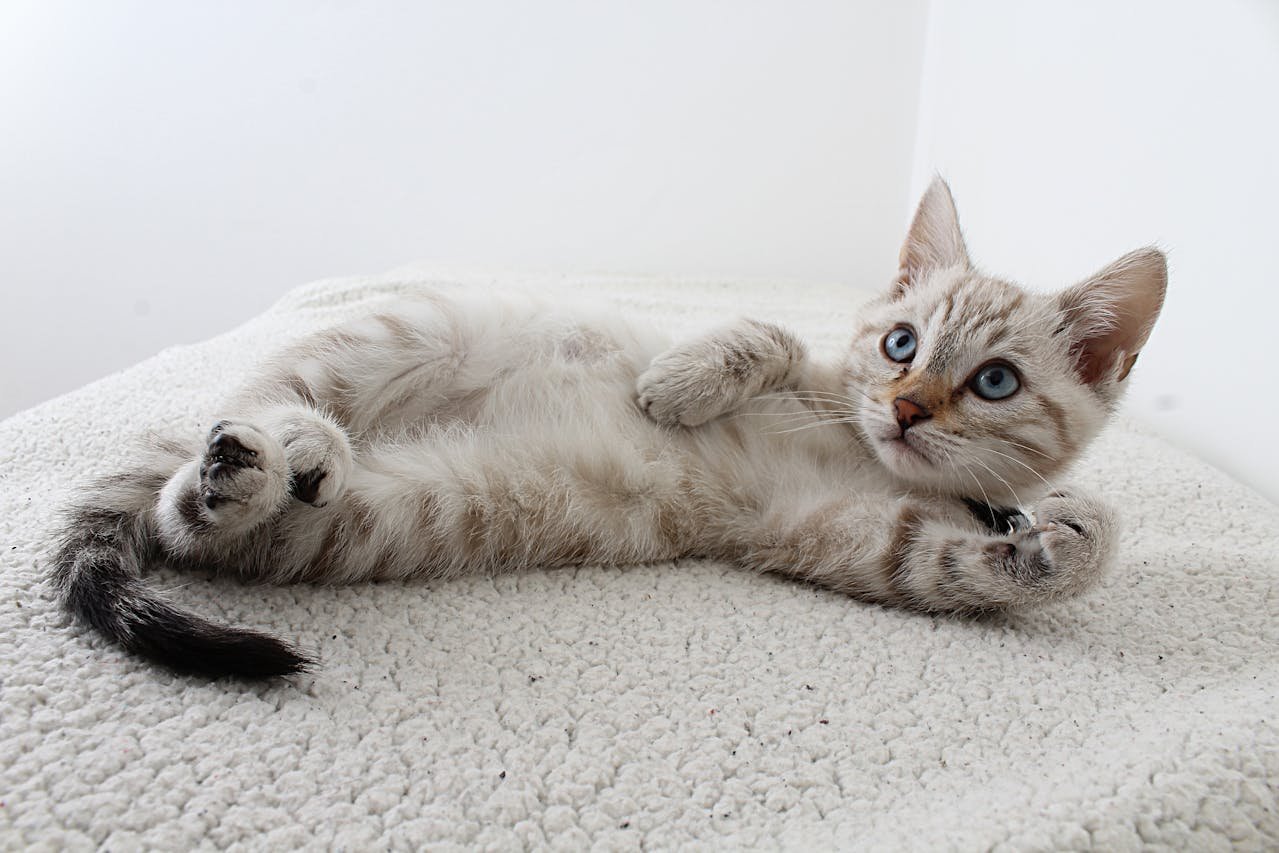The location and maintenance of the waste container are crucial factors to consider while trying to keep your cat happy and healthy indoors. Making sure your cat has a clean, comfortable area to discharge themselves will help keep behavioral problems at bay and encourage overall wellness. You may establish an environment that encourages your cat to use the litter container regularly and comfortably by considering a few crucial factors. Let’s look at six important considerations for managing your pet’s indoor litter container during setup and upkeep.
Find a Quiet Place
Choose a peaceful, quiet area for the litter box. When it comes time to use the litter container, cats are more at ease in a quiet setting. Avoid places with a lot of activity or loud noises, as this may agitate your cat and cause accidents. Choose a location distant from locations where people congregate or near appliances in the home. This makes your cat feel more secure and at ease when using the litter container. Creating a calm environment will motivate your cat to use the litter container regularly, encouraging excellent hygiene and lowering tension levels for you and your pet.
Make Sure They Can Get There Easily
Put the litter container somewhere your cat can easily access. If the litter container is hard for the cats to reach, they cannot use it. Keep it away from places where your cat must climb stairs or encounter obstructions. This is particularly crucial for senior cats or cats who have trouble moving about. Making the litter container easily accessible can encourage your cat to use it frequently and help reduce accidents. To make things easier for your cat, choose a location that is on the same level as their favorite hangouts.
Types of Litter Boxes
Think about the kind of litter container that best fits your living area and your cat’s tastes. While covered litter boxes offer seclusion and aid in odor containment, open-top litter boxes are easier to access and may be preferred by certain cats. Litter boxes that are automatic or self-cleaning can eliminate the need for daily scooping, but they may be noisy and need constant upkeep. Select a size for your cat’s litter container that will allow them to move about freely and comfortably. Additionally, think about the litter container’s material (plastic, stainless steel, etc.) and choose one that is easy to clean and long-lasting.
Upkeep and Cleaning
For your cat’s comfort and health, the litter container must be cleaned and maintained regularly. To keep the litter receptacle odor-free and clean, scoop it every day to get rid of waste and clumping. Depending on how often your cat uses the litter and what kind they use, replace the litter completely every one to two weeks. During litter changes, wash the litter container with a mild soap and water solution to get rid of any bacteria or lingering odors. Before adding more litter to the litter container, make sure it is dry. Frequent cleaning keeps your cat’s habitat hygienic, minimizes odors, and stops bacteria growth. This practice also encourages your cat to keep using the litter container regularly and helps prevent litter container aversion.
Obtain Multiple Litter Boxes
It’s crucial to give your cats a sufficient quantity of litter boxes. Generally, each cat should have one litter container plus another. This guarantees that every cat has adequate room and choices for potty breaks. Cats that have many litter boxes are also less likely to fight over territory. If your house is multi-story, you can think about conveniently placing a litter container on each floor. Encouraging proper litter container practices and preserving a clean, odor-free environment are two benefits of having enough litter boxes available.
Don’t Put It Near Food
The litter container and your cat’s eating area must remain apart. Naturally, cats avoid urinals close to food sources. Keeping the litter container separate from the water and food dishes keeps your cat from being confused and promotes good hygiene. Maintaining separation between these spaces also reduces the possibility of litter getting into your cat’s food or water. Furthermore, keeping the litter container and eating area apart lessens the possibility that your cat will grow to dislike one or the other. Your cat can live in a more comfortable and hygienic environment if you make sure there is a clear distinction between them.
Conclusion
Establishing a peaceful, easily accessible, and secure area for your cat’s litter container encourages responsible litter container usage and lowers the risk of mishaps. To promote regular use, keep your cats’ litter boxes away from where they are fed and ensure they are kept in enough quantity. By taking care of these little things, you can establish a clean, cozy space that promotes your cat’s health and deepens your relationship with your furry friend.

